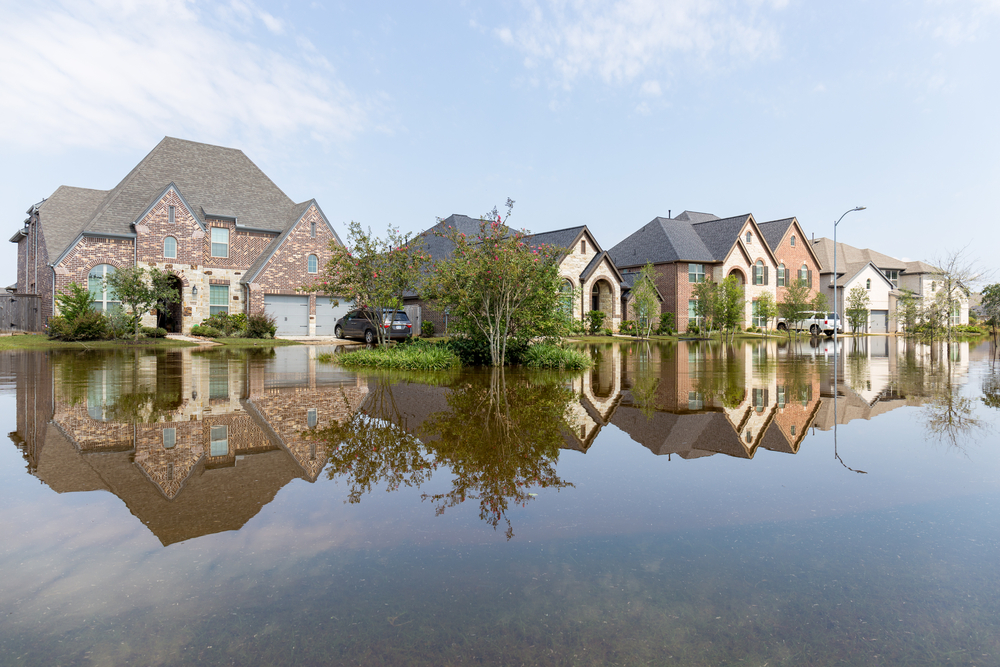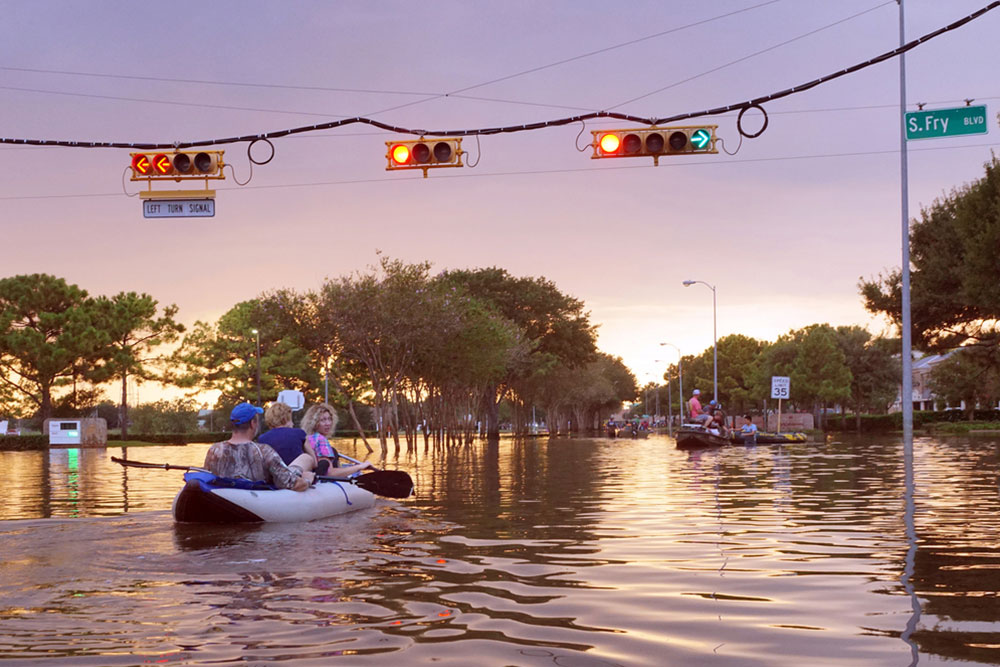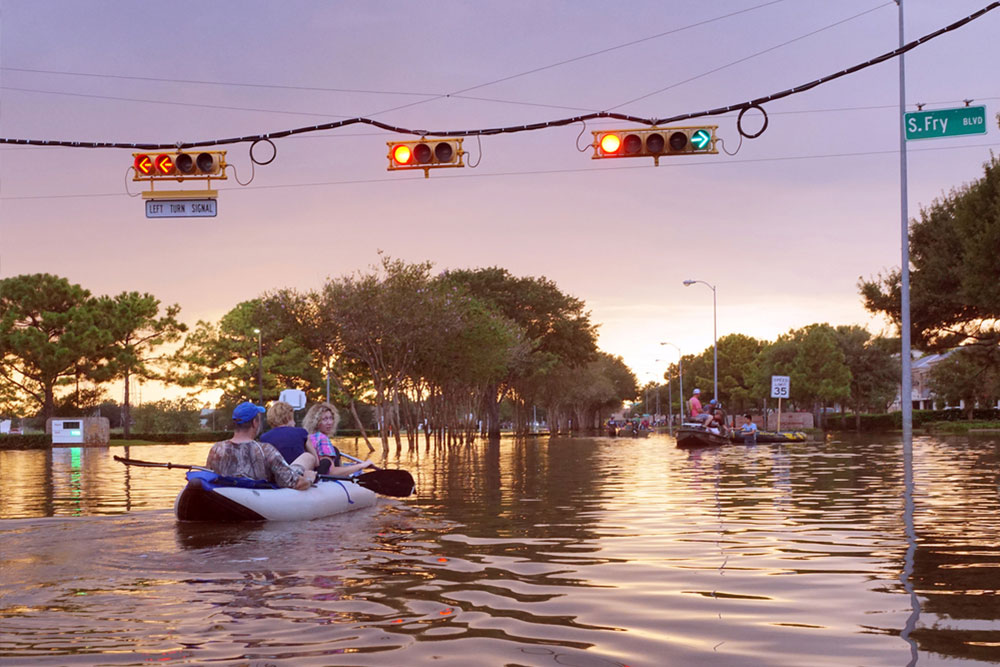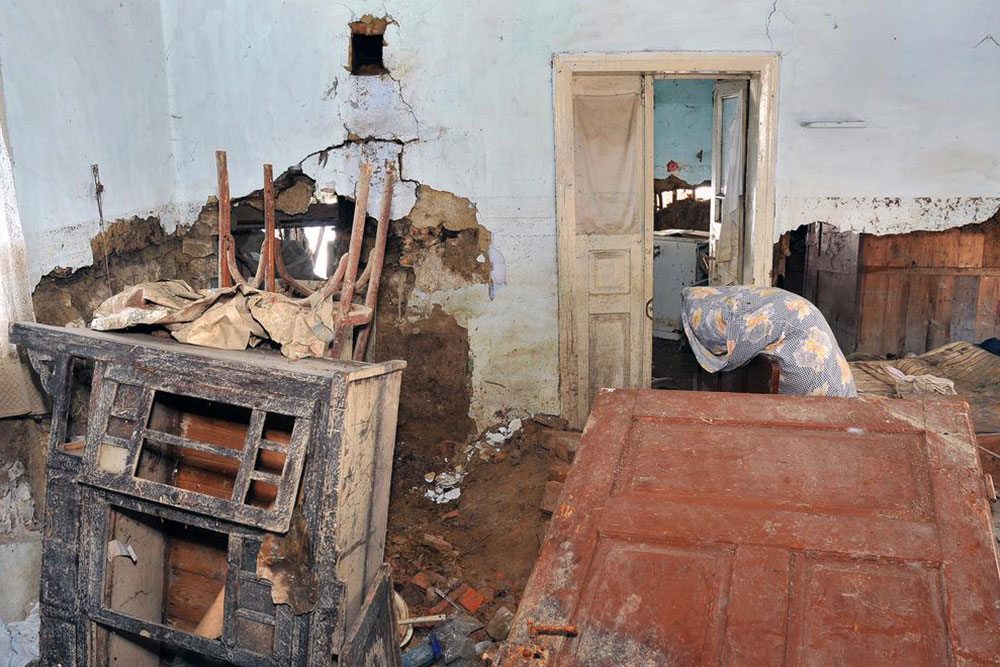Key Considerations When Choosing a Flood Insurance Policy
Learn crucial insights into flood insurance, including costs, policy types, coverage options, and expert tips for finding the best quotes. Protect your property effectively against unpredictable flood risks with informed decisions and the right coverage.
Sponsored
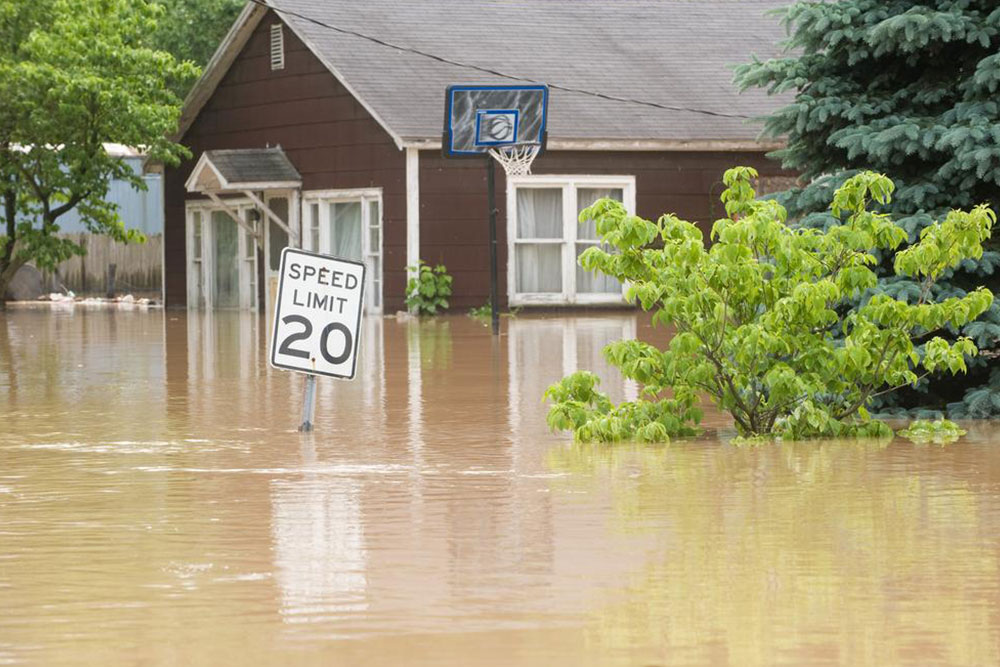
If you live in flood-prone regions and have a mortgage, securing flood insurance is essential. Even in areas with moderate or low flood risk, obtaining coverage can be a wise move because floods can occur unpredictably. Additionally, repairing flood damage often involves substantial expenses. Importantly, standard home insurance policies typically exclude flood-related losses, making specialized coverage crucial.
Estimating Flood Insurance Costs
Insurance providers evaluate several factors before quoting premiums, including:
Credit history and score
Previous insurance claims
Location of your property
Age of the residence
Construction materials and structural features
Desired coverage level
Deductibles and premium amounts
If the assessed risk is high, insurers will likely offer policies with higher premiums.
Tips for Securing Competitive Flood Insurance Quotes
Begin by assessing your home's vulnerability and your financial situation. Research top flood insurance providers and compare their quotes. If you choose coverage through the NFIP (National Flood Insurance Program), most participating insurers will offer similar rates due to regulatory oversight. Private insurers may provide varying quotes based on their risk assessments.
Types of Flood Insurance Policies
Flood insurance options mainly include Standard and Preferred Risk policies. Standard risk plans target residents in high-risk zones, while Preferred Risk plans are for areas with lower flood probabilities, allowing policyholders more customization over coverage options.
Coverage Inclusions in Flood Insurance Plans
Depending on the policy, coverage may extend to:
Home systems such as HVAC, electrical wiring, plumbing, and water heaters
Appliances including refrigerators, washers, dryers, and kitchen ranges
Property foundation and structural elements
Garages and detached structures
Personal belongings like furniture, electronics, and clothing
Carpets, window panels, and valuable items like artwork (up to $2500)
Note: Contents stored in basements are generally not covered.
Leading providers in flood coverage include Geico, Travelers, Allstate, MetLife, The Hartford, Farmers, and State Farm.

